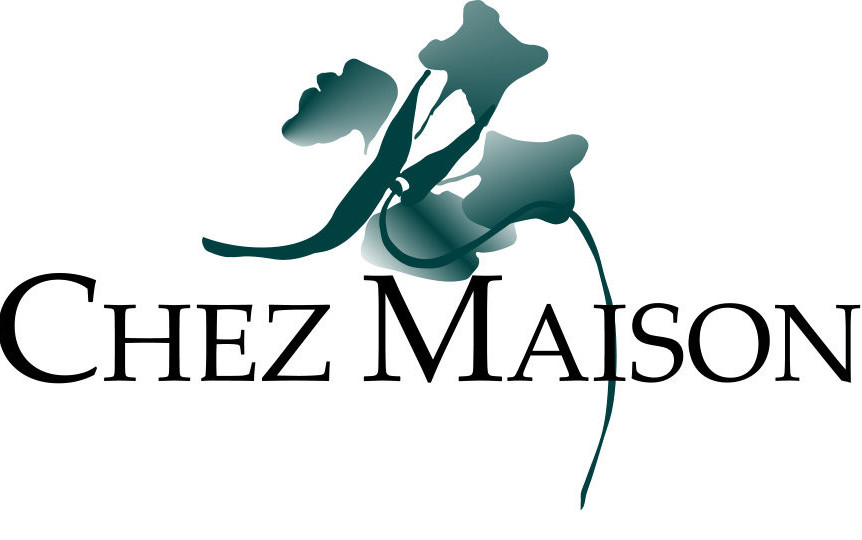Colour is in the eye of the beholder, in fact many colours are not even noticed by some eyes. Colour blindness is quite common and can be strong enough that orange and green actually look the same to someone with this condition. When you say to your friend that ‘it’s a lovely shade of blue’ - and your friend agrees, there is no way of telling if you are both seeing the same colour.
Talking about shades of blue; A particular violet-blue, like the colour of a forget-me-not flower, was adopted by the French Fashion Designer, Jeanne Lanvin (1867-1946) as, what we now call, a signature colour.
The founder of the House of Lanvin, the oldest fashion house in the world, she
was way ahead of Ralph Lauren being the first fashion house to really do interior design. This particular blue was Jeanne's favourite after she purportedly saw it in a Fra Angelico fresco during the first decades of the 20th Century. She was truly passionate about colour understanding the magic that colour brings to a garment. She even opened her own dye factory in 1923, dedicated to colour experimentation. Not surprisingly because Mme Lanvin always made use of colour in her work, both pastels and bold colours. She was particularly fond of delicate shades of pinks, and that certain shade of blue which came to be known as “Lanvin Blue.” Since then, the violet-blue colour has become one of the brand’s symbols and is still very prevalent in Lanvin’s collections and packaging today.
Lanvin Blue was probably the first of those designer names we all love the sound of, like Griege,Beige, Clover and Dust. They do very little to convey colour but do everything to create anatmosphere. These names are like those given to racehorses which make them sound dynamic. Red Rum would never have had the same impact on the headlines if he had won his races simply called Spot.
With such a choice is it any wonder choosing colours for homes can be so stressful. Even when home-makers manage the furniture and renovations themselves, colour can be daunting. It is a large field of study in itself. Colours can be warm, cold, toning, complementary, primary, secondary.. thelist goes on. Colour wheels abound to help with the question of what ‘goes-with’ what. While
helpful it’s just an ABC of colour.

Isn’t it nice to know that someone did ask his designer for his room to match his favourite jumper and the result was a perfect match for his style and home.
If you can choose colours that do the same in your life, then you should.

